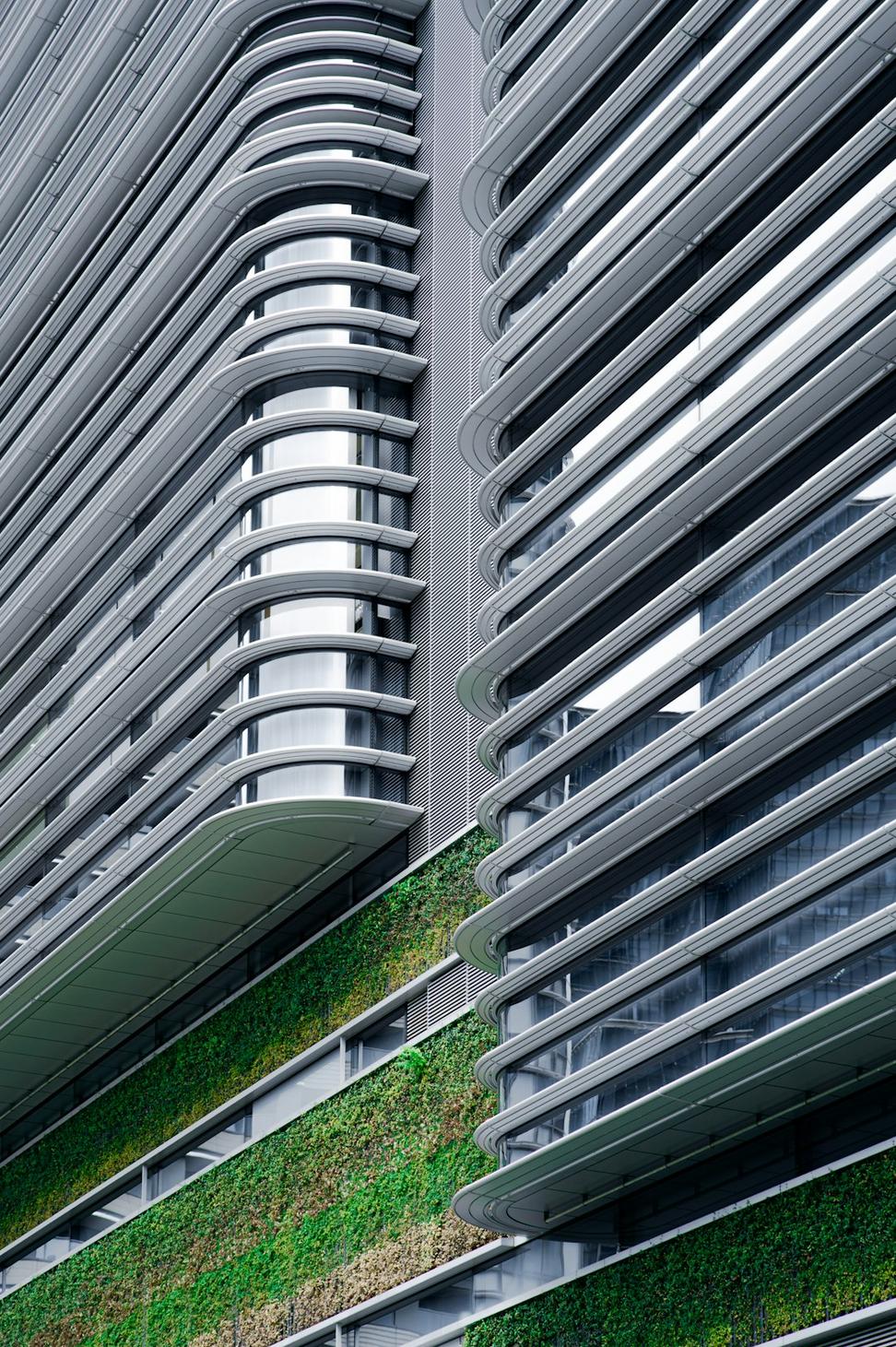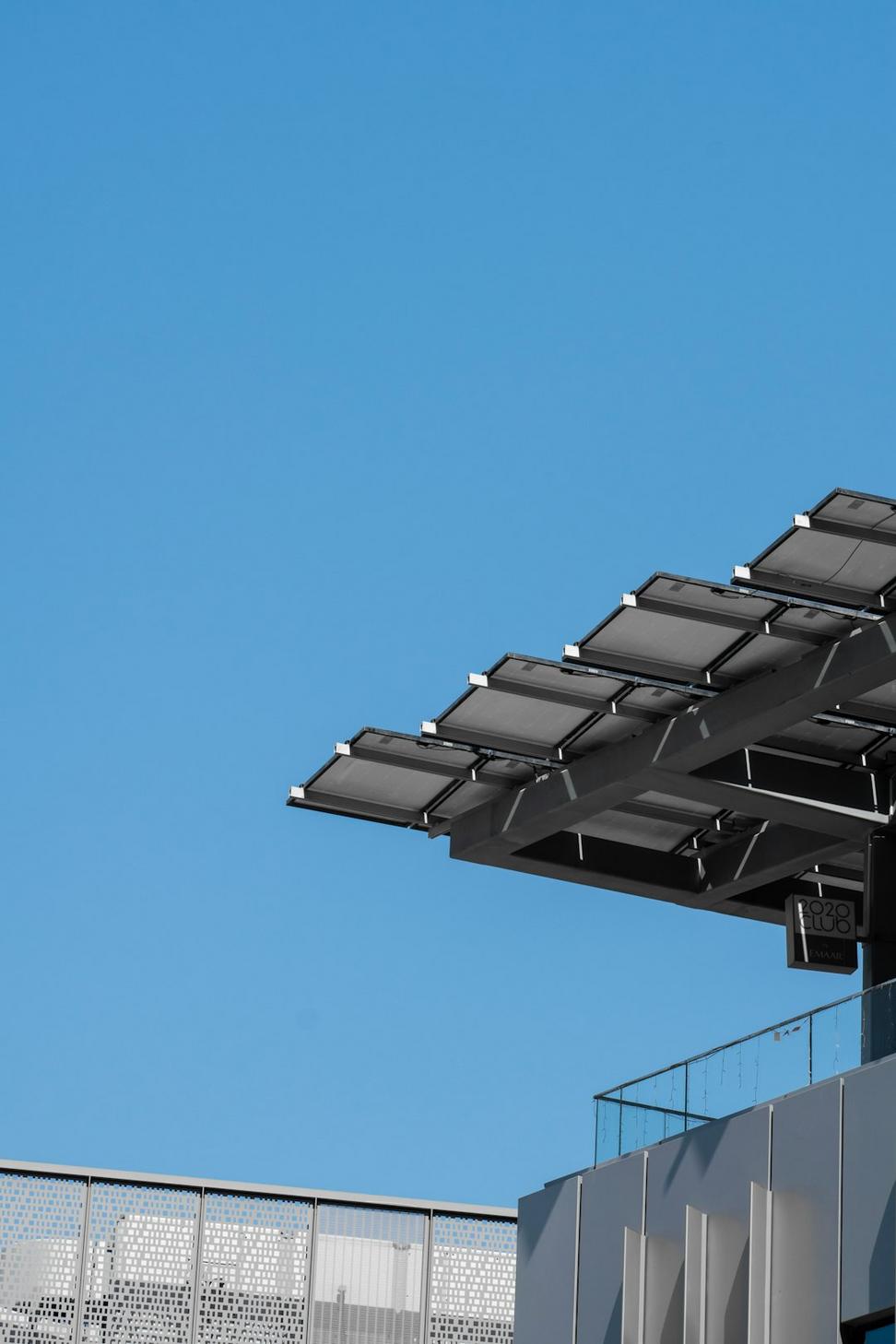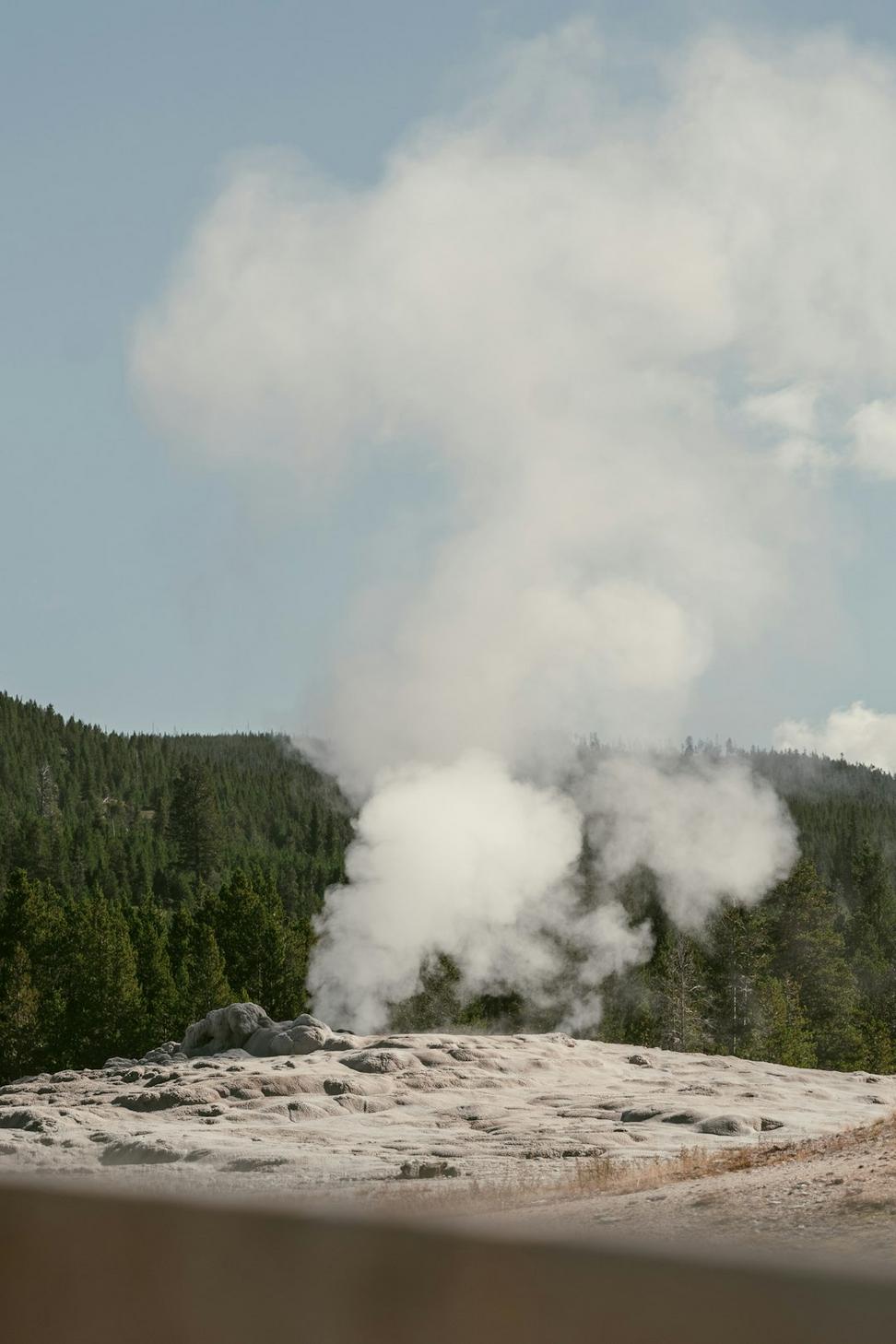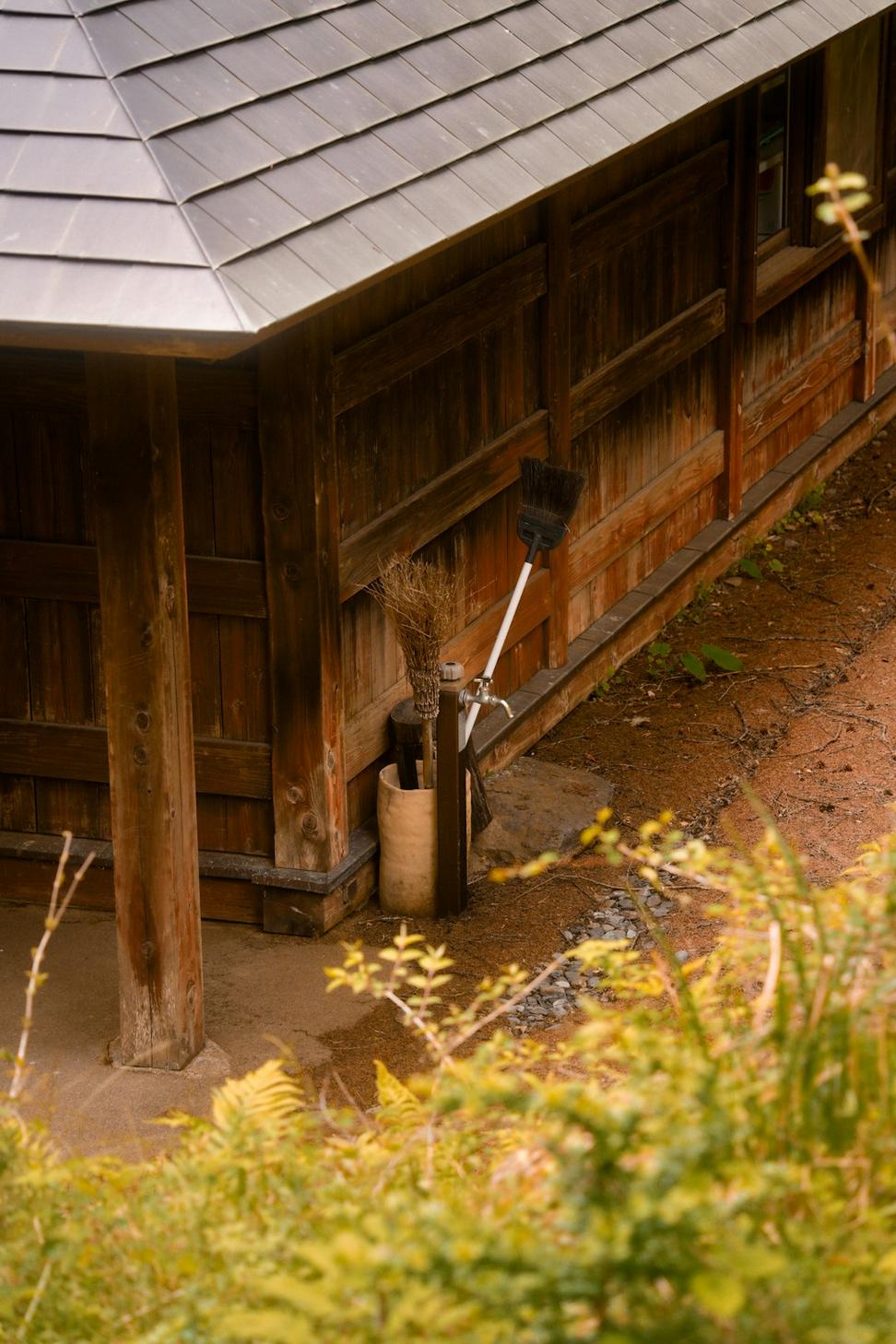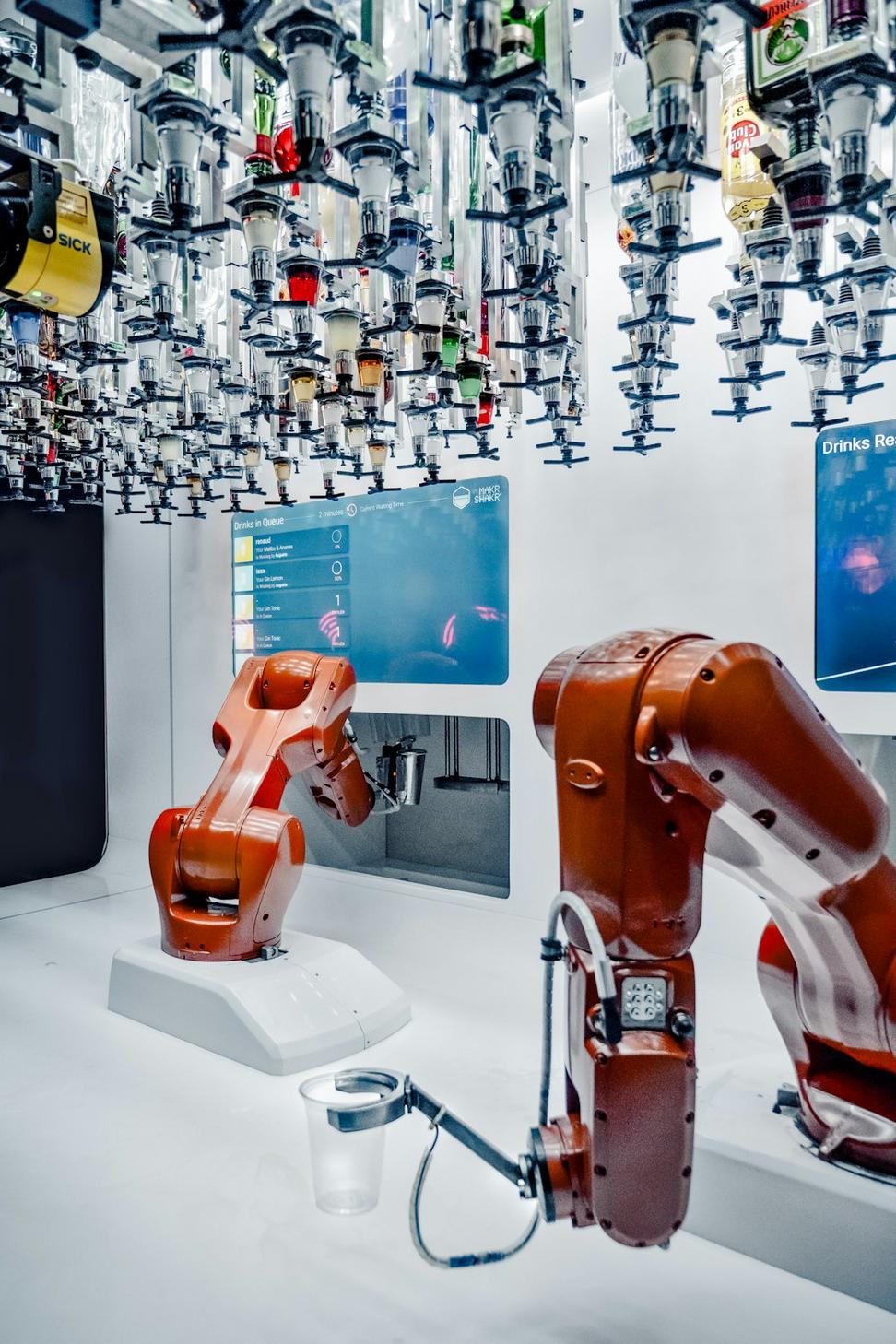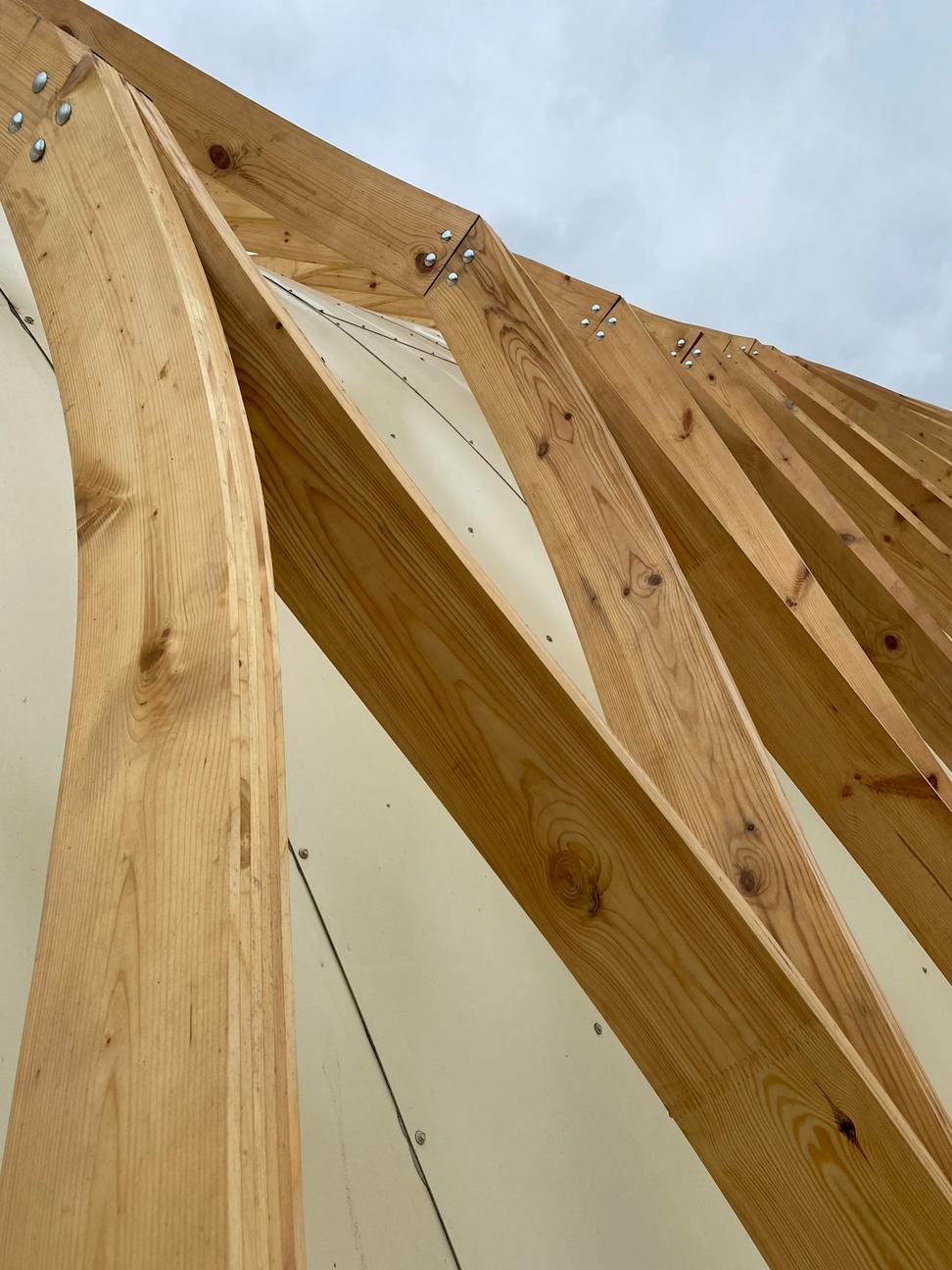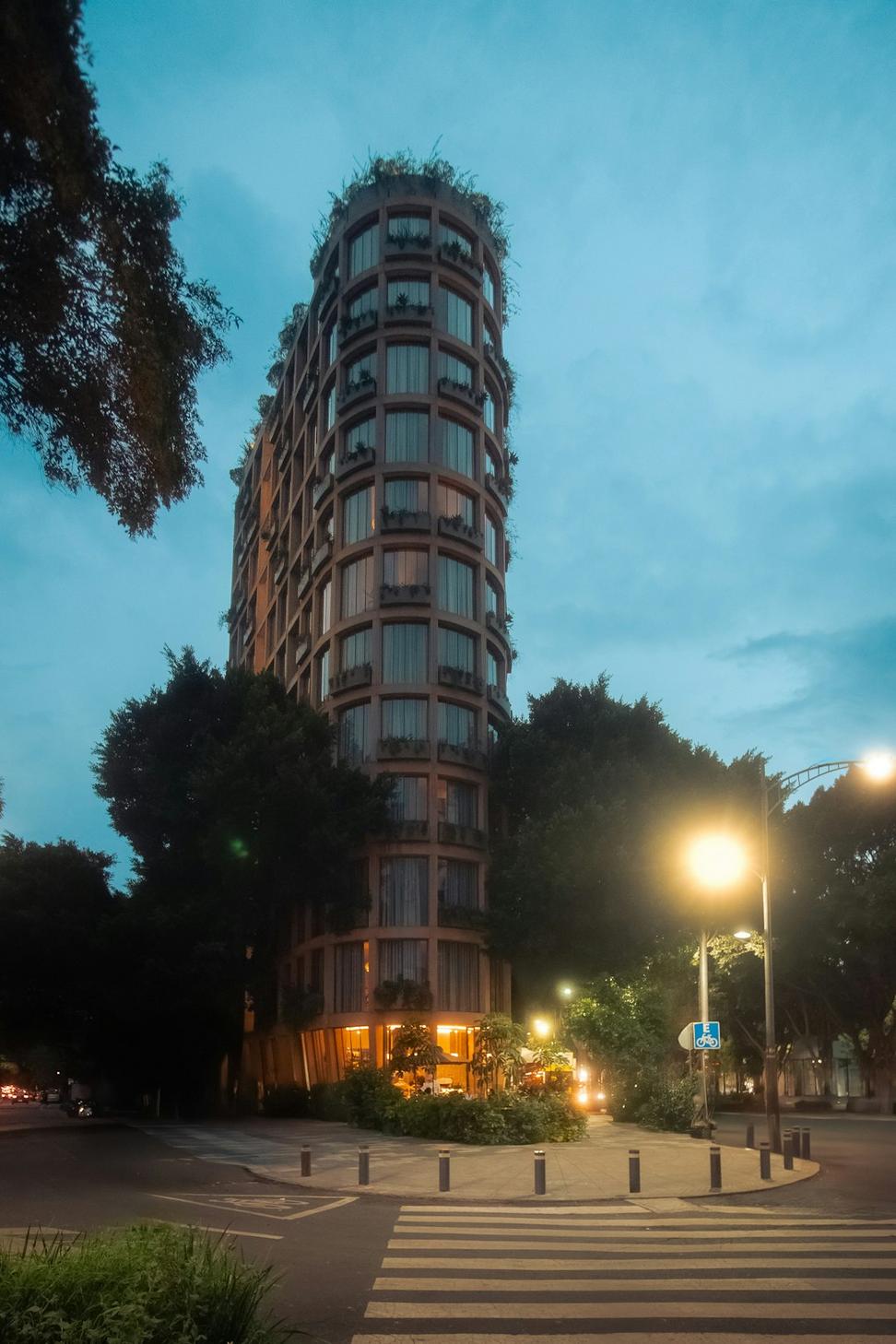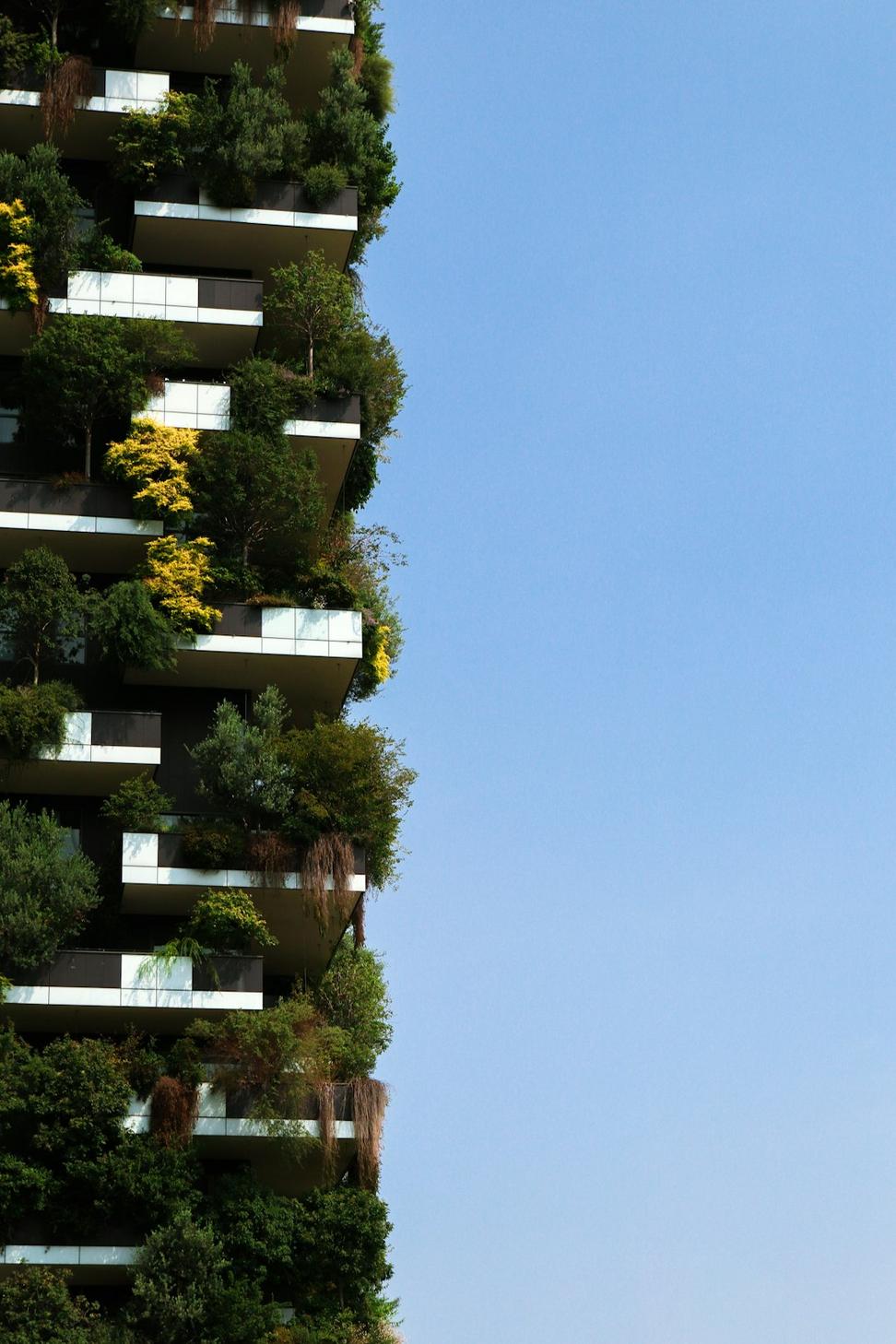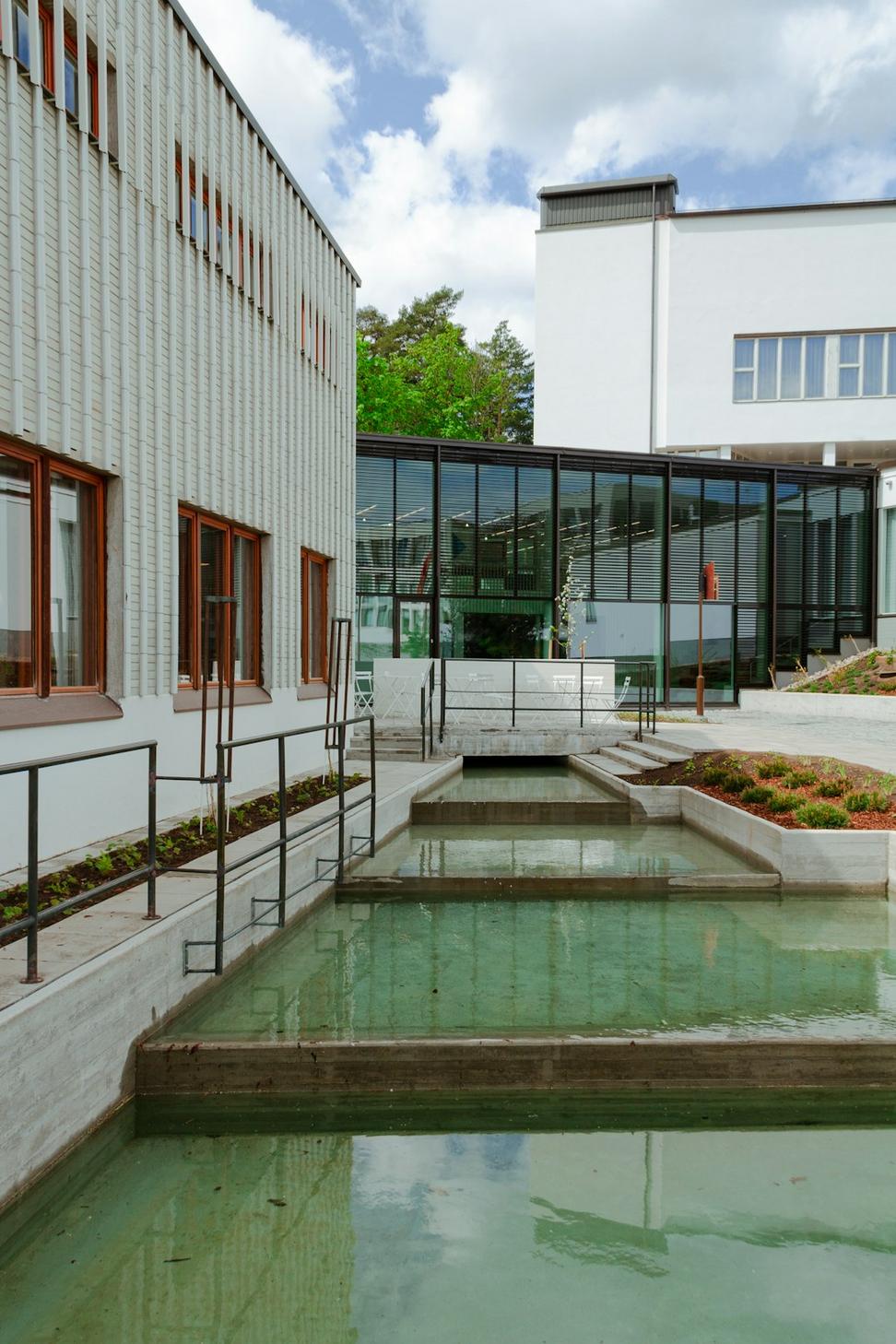
Why We're Doing This
Here's the thing - we've seen too many "green" buildings that are just regular buildings with a couple solar panels slapped on top. That's not what we're about.
Every project we take on starts with one question: how do we make this building give more than it takes? Sounds idealistic, maybe, but we've pulled it off more times than we can count. Our buildings in Toronto have collectively reduced carbon emissions by over 12,000 tonnes annually. That's not marketing fluff - that's measured, verified data.
We get into the nitty-gritty of passive design, material lifecycles, and energy modeling before we even think about what the lobby's gonna look like. Because honestly, what's the point of a gorgeous building that's cooking the planet?
"We don't design buildings for awards. We design them to still be relevant in 50 years when energy codes have tripled in strictness."
